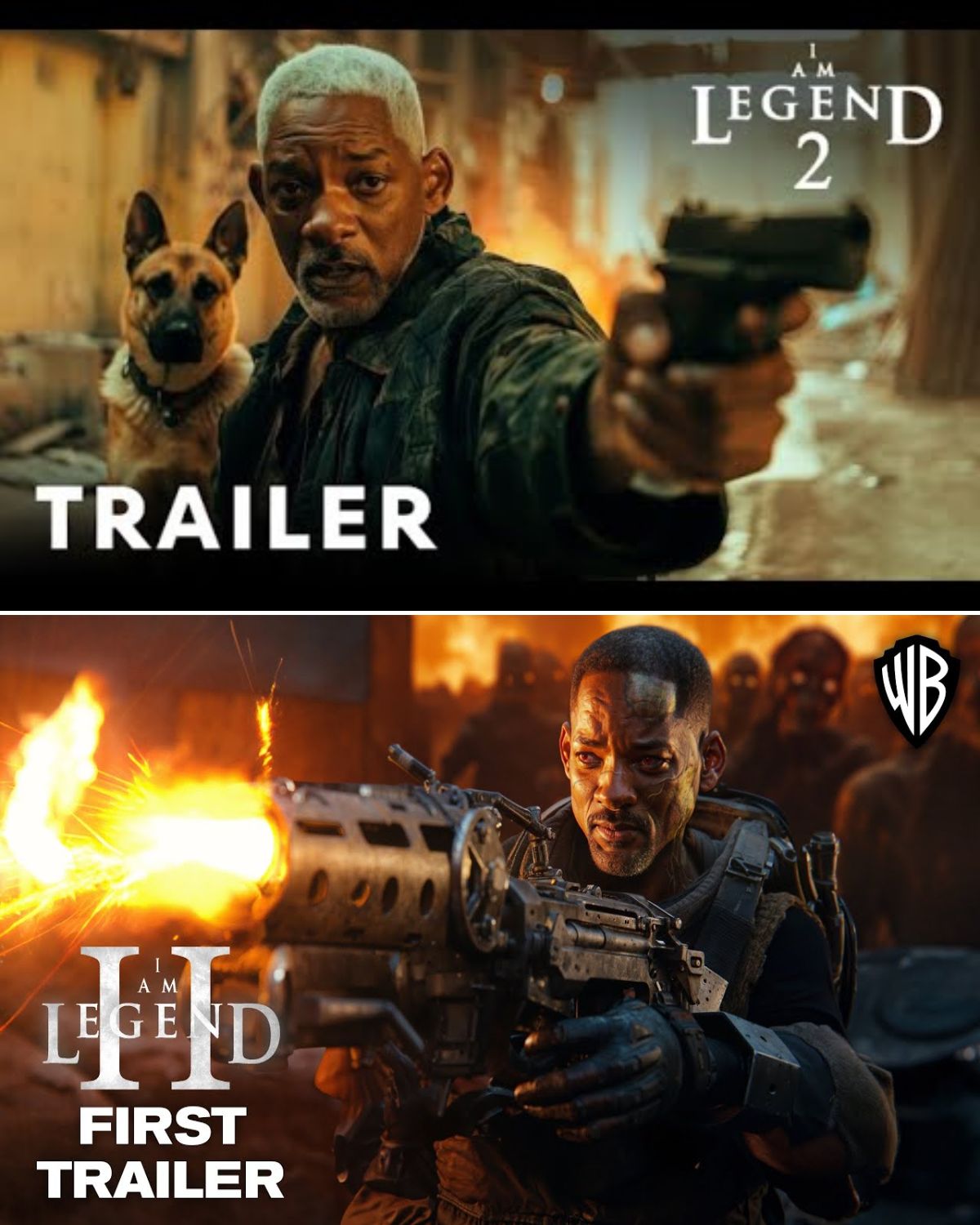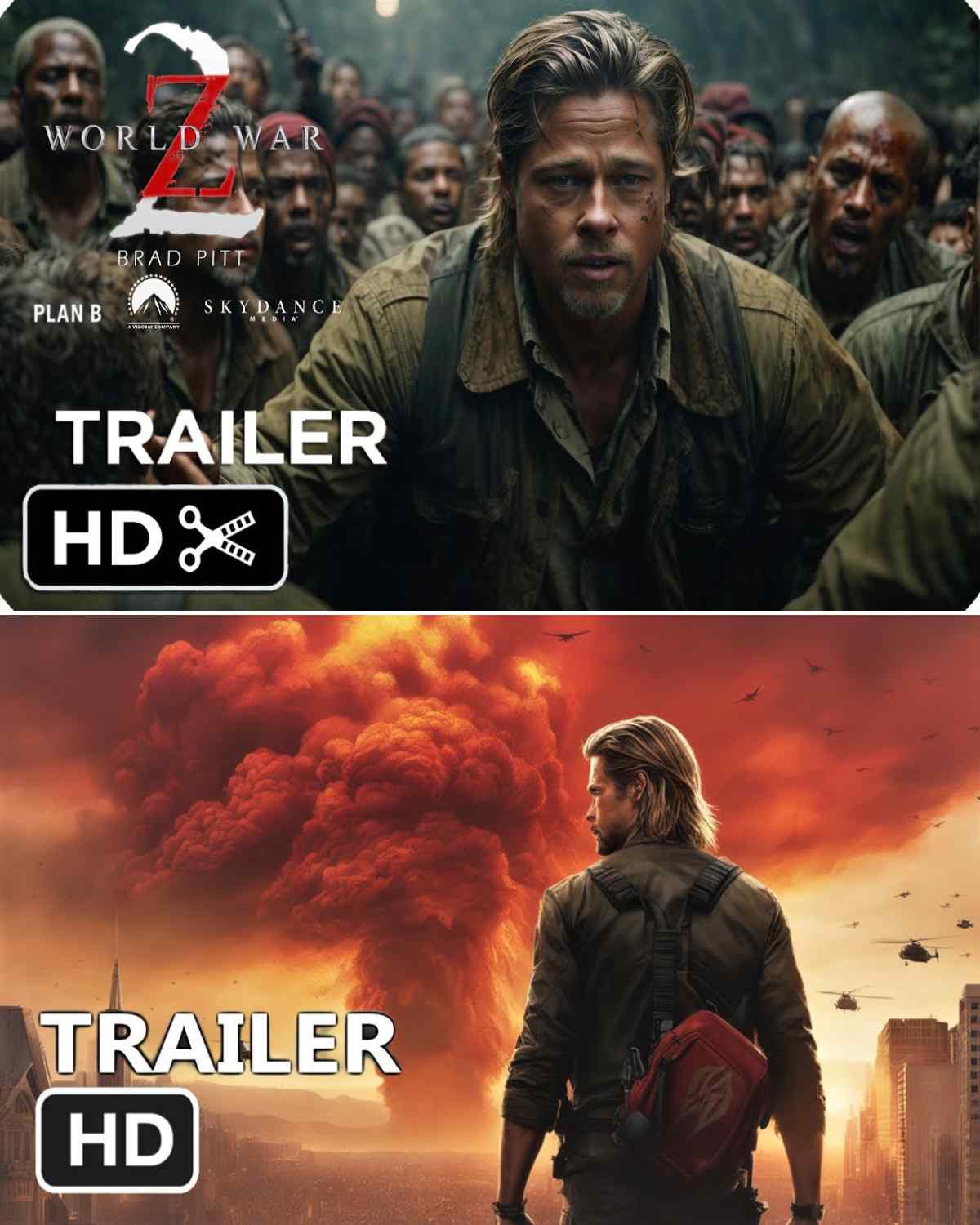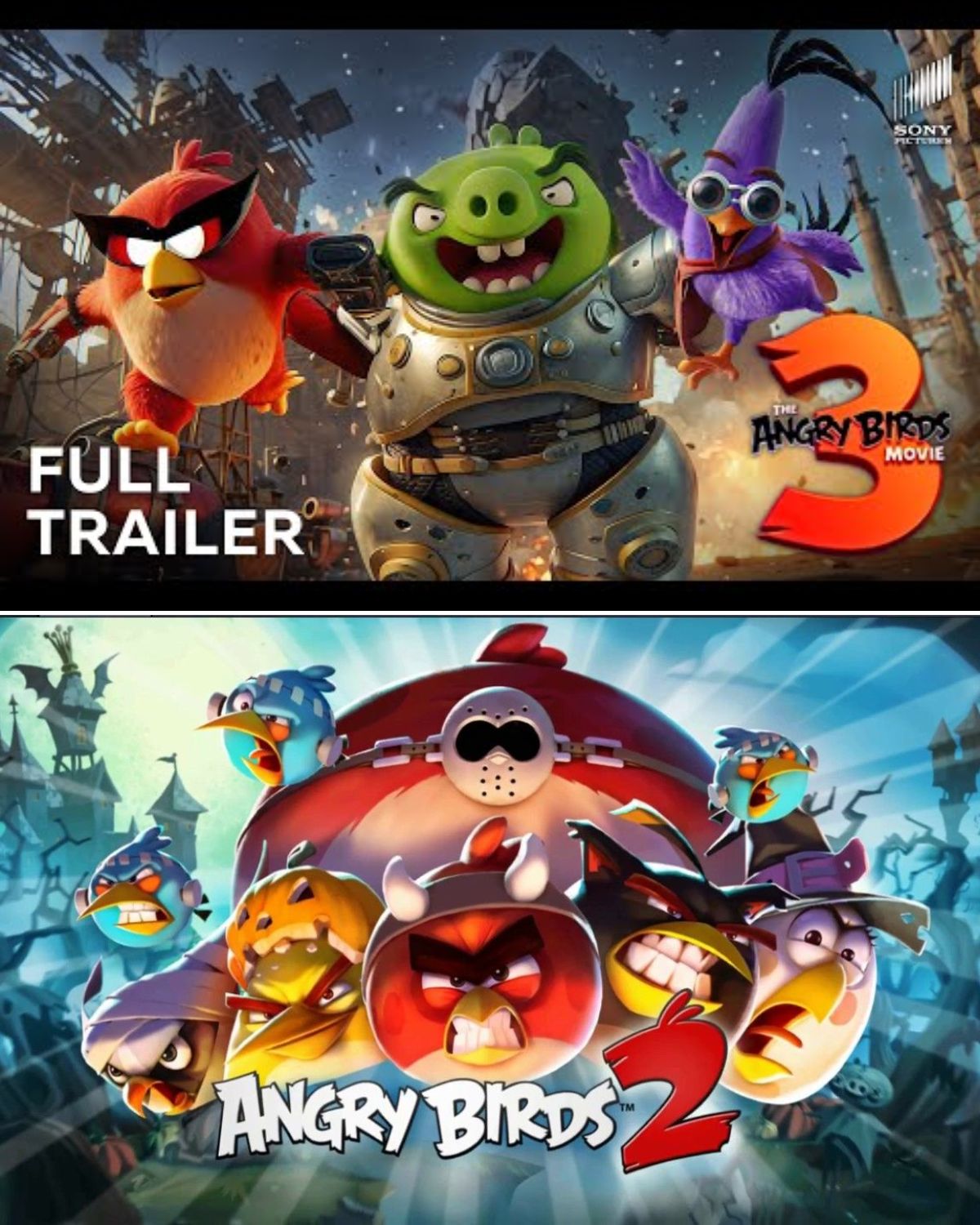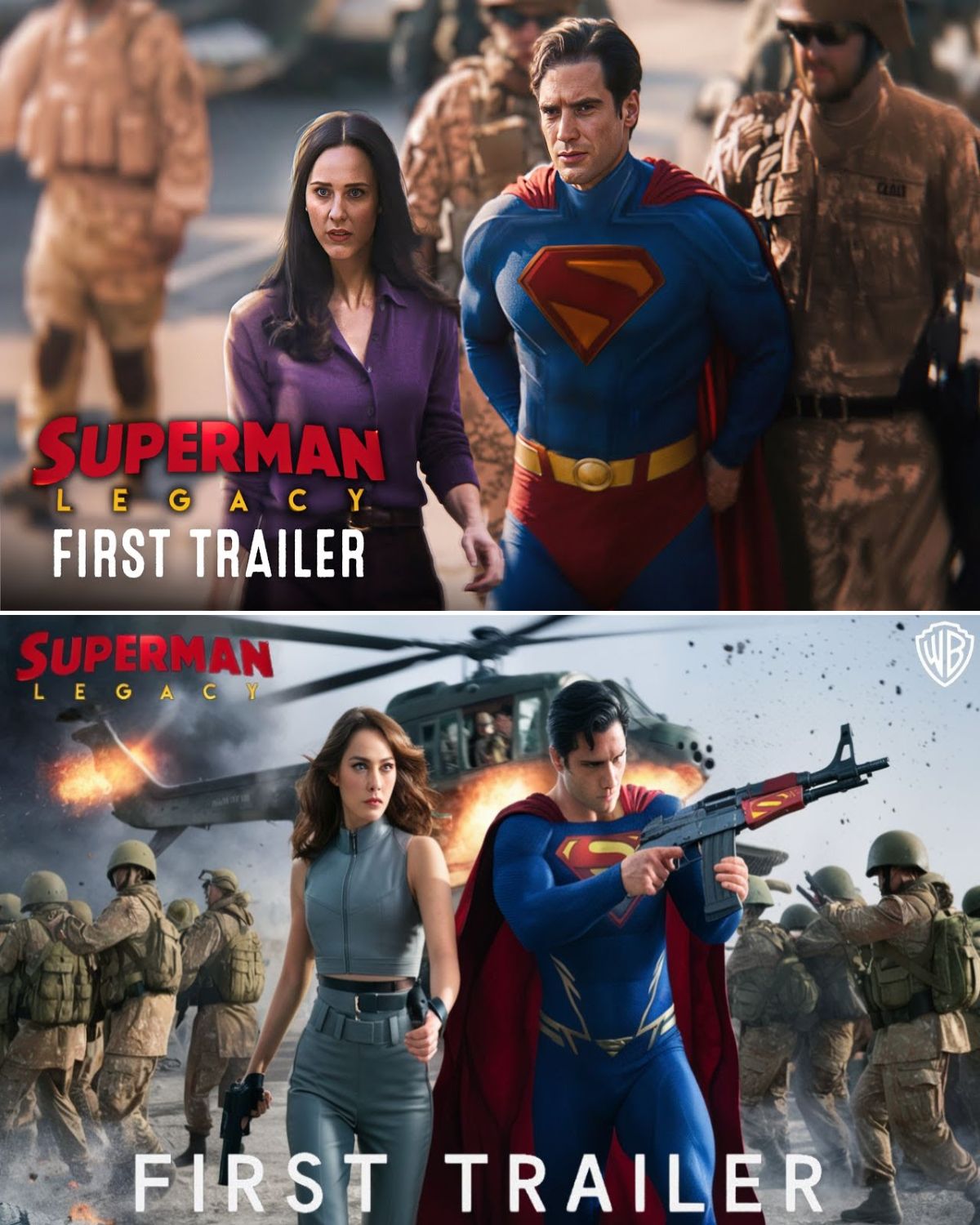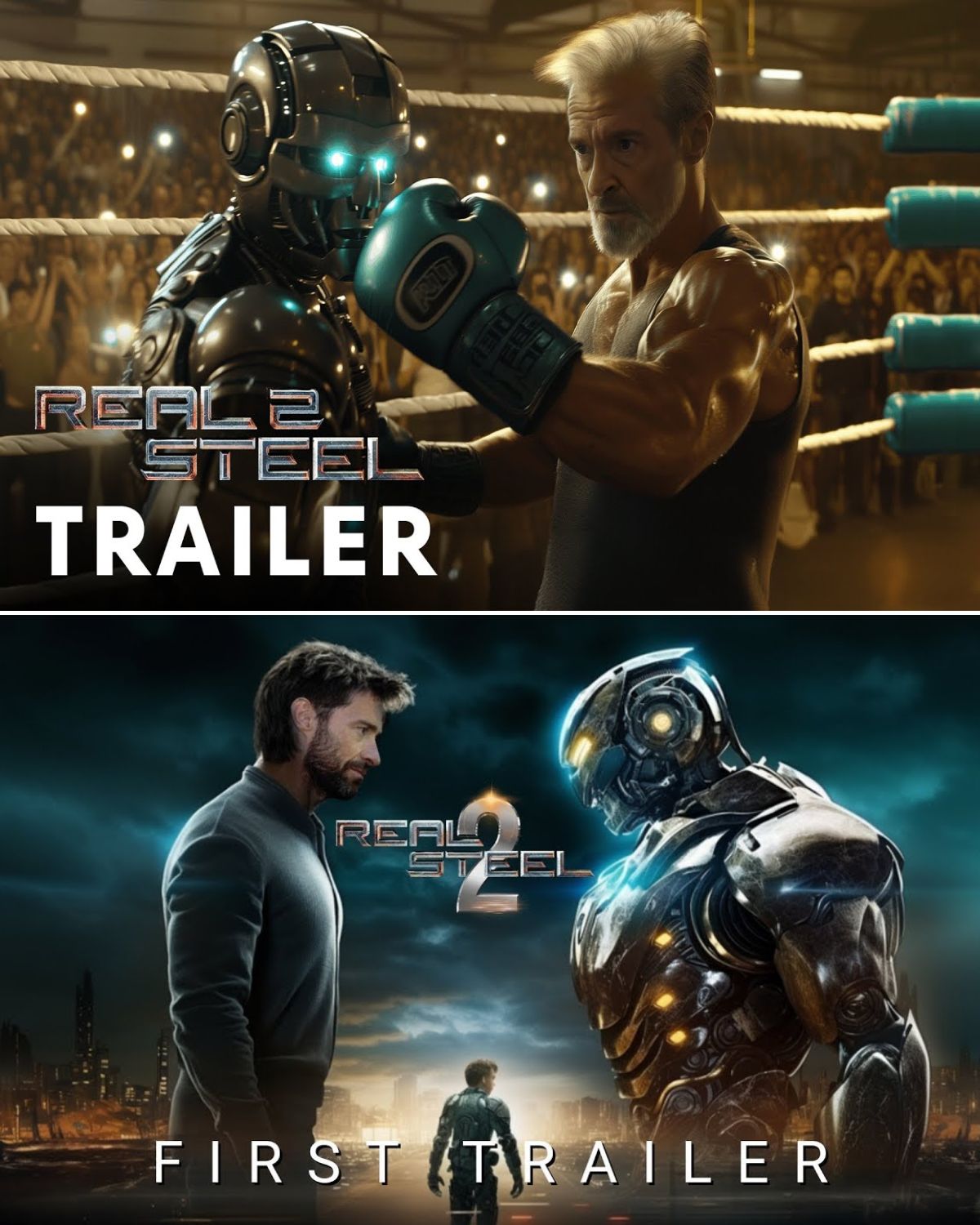How Groot and Rocket Were Made in ‘Guardians of the Galaxy’
Five films are nominated for an Academy Award in the “Visual Effects” category this year, and they each offer a nice look at the amazing tricks filmmakers and their effects teams can pull off on the big screen. In recognition of these films and one of our favorite Oscar categories, we’re putting the spotlight on one “Visual Effects” nominee each day leading up to Sunday’s broadcast and taking a closer look at what made them stand out.
Previously, we looked at the face-mapping effects in Captain America: The Winter Soldier and the (literally) groundbreaking effects in Dawn of the Planet of the Apes. Now, we get the scoop on the digitally created duo that were the breakout stars of Marvel’s Guardians of the Galaxy.
Marvel Studios has made a habit of breaking box-office records with each addition to its rapidly expanding cinematic universe, but it has yet to bring home an Oscar despite multiple films nominated in the Visual Effects category over the years. The studio doubled-down in 2014 with two films earning Oscar nominations, Captain America: The Winter Soldier and Guardians of the Galaxy, but only one of them features a heavily-armed, talking raccoon and a massive, sentient tree with a limited vocabulary.
Possibly more than any other Marvel movie so far, Guardians of the Galaxy proved that the team at Marvel has an uncanny ability to turn any characters – whether lesser-known or in this case, barely known – into box-office gold.
The team at Marvel has an uncanny ability to turn any characters into box-office gold.
When it comes to the success of CG (computer generated) creatures Rocket Raccoon and Groot, Marvel Studios owes thanks to the talented visual-effects studios that brought their supporting characters to life. With these particular characters, Marvel took the unusual step of dividing the work between two separate VFX studios: Framestore, which developed Rocket Raccoon; and MPC, the studio tasked with creating Groot.
“MPC did early tests for both characters and did a good Groot. Framestore did tests for a very good Rocket,” recalled VFX supervisor Stephane Ceretti in an interview with StudioDaily. “So we decided to use the two companies to balance the load. MPC created Groot and Framestore created Rocket and then they shared.”
For its part, Framestore was tasked with finding the balance between the silliness of a walking, talking raccoon that has an affinity for oversized weaponry and the serious elements of his role in the film and Bradley Cooper’s voice performance for the character.
“If you exaggerate his performance and make him too cartoony you’ve lost the audience but if you go too real you’ll end up with something that isn’t entertaining or doesn’t do Bradley’s voice justice,” explained Framestore’s animation supervisor, Kevin Spruce.
Once they settled how to find that balance and had a good visual reference from director James Gunn and the Marvel Studios team, Framestore set about bringing Rocket to life – every single hair of him.
Rather than map out his entire coat of fur using a few sections of hair, Framestore strove for a more realistic look by simulating every single hair on Rocket’s body and how they interacted with the other hairs. His distinctive raccoon-pattern markings were the result of changing the color maps on individual hairs and using a mixing effect to create the speckled look on certain hairs (particularly the longer hairs).
On the set, a variety of techniques were used to simulate Rocket’s presence in scenes with human actors, with James Gunn’s brother Sean standing in – or rather, sitting in – for the raccoon on occasion.
However, Gunn was insistent that less was more when it comes to animating Rocket.
“James Gunn instinctively had a gut feeling of what was right for Rocket,” said Spruce. “He often wanted to keep him casual and low-key, rather than over-acted. He was very big on the fact that when you shoot live action the actors don’t always look at each other when they’re talking, whereas there’s a tendency for animators to always make characters face who they’re talking to. The animation team worked hard to get all that observational detail into Rocket and became really intuitive to what he would do in any situation.”
Still, the animators had the opportunity to add their own touches to the character, which included his habit of playing with something in his hands at nearly all times. According to FX Guide, the Framestore team decided to add this little quirk to the character as a way to subtly create an association with real-world raccoons, which are often depicted fidgeting with something in their paws.
I could watch a turntable of Groot for ages because he had this really piercing look and this wisdom in his face.
As for Rocket’s partner-in-crime, Groot, the most presssing issue was how to make a tall, minimally expressive, animated tree with few lines seem, well … human.
MPC established early on that Groot’s wooden composition wouldn’t give him the sort of flexibility and elasticity that human characters have in their faces, so emoting would be an issue. The solution, the animators decided, would be in his eyes.
“We spent a lot of time designing and building very complex eye dynamics,” recalled MPC visual-effects supervisor Nicolas Aithadi. “We put a lot of detail into his textures and things that would be displaced in his irises. We really wanted to get shadows in there. And we worked a lot on trying to break the symmetry.”
“When you look at humans what makes the eyes interesting is the imperfections,” he continued. “Trying to make these two irises not aimed at the same place, trying to make them strange and look more human… I could watch a turntable of Groot for ages because he had this really piercing look and this wisdom in his face.”
As for the rest of Rocket’s wooden pal, the texture of Groot’s plant-based body was based on a variety of trees at London’s Kew Gardens, with various splotches of leaves and moss for accent. His entire body was modeled digitally as an interconnected network web of vines and roots – much like human musculature beneath the skin – so that movement in one area of the body could often be seen affecting other areas of his body.
 MarvelMarvel
MarvelMarvel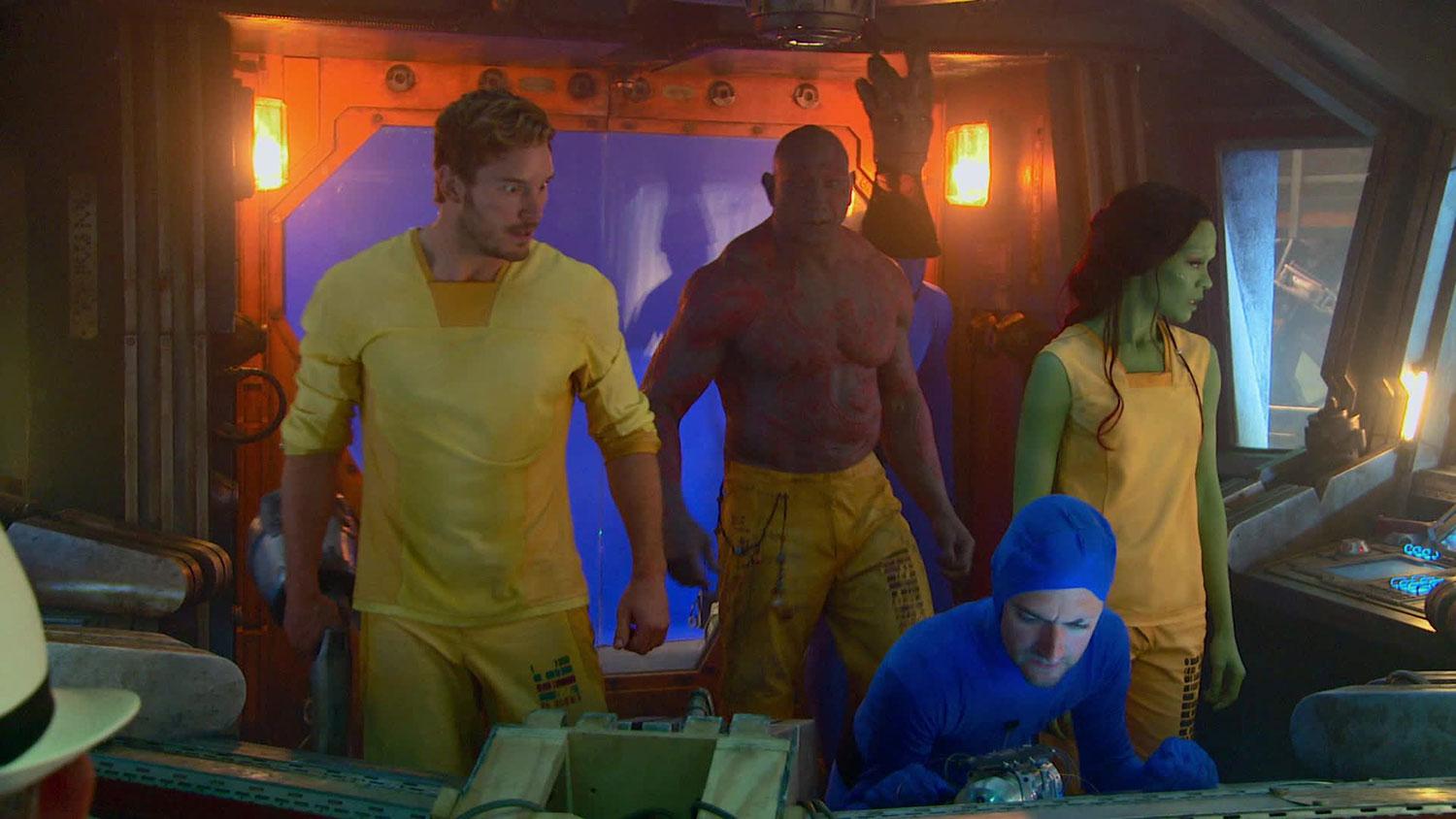
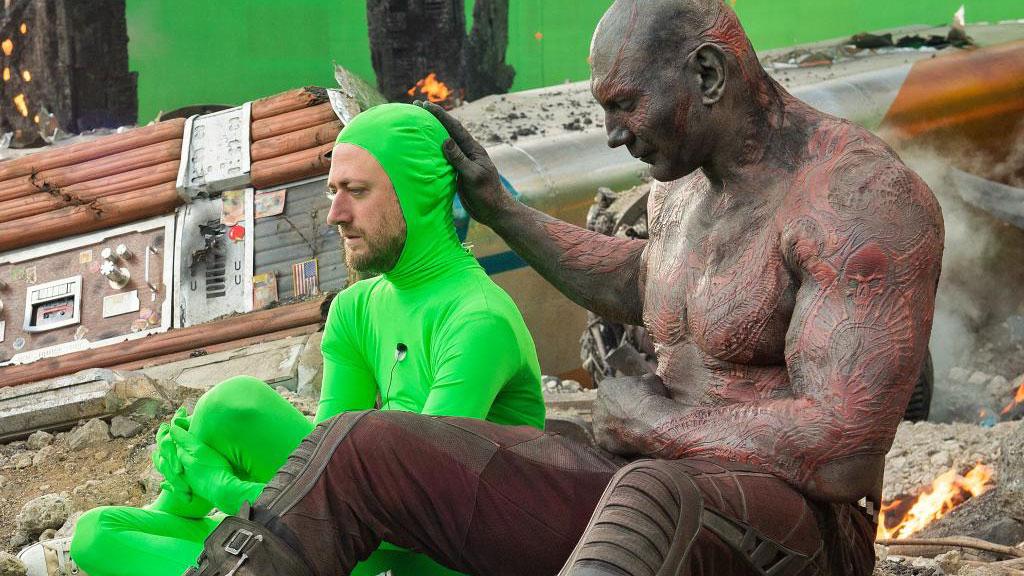
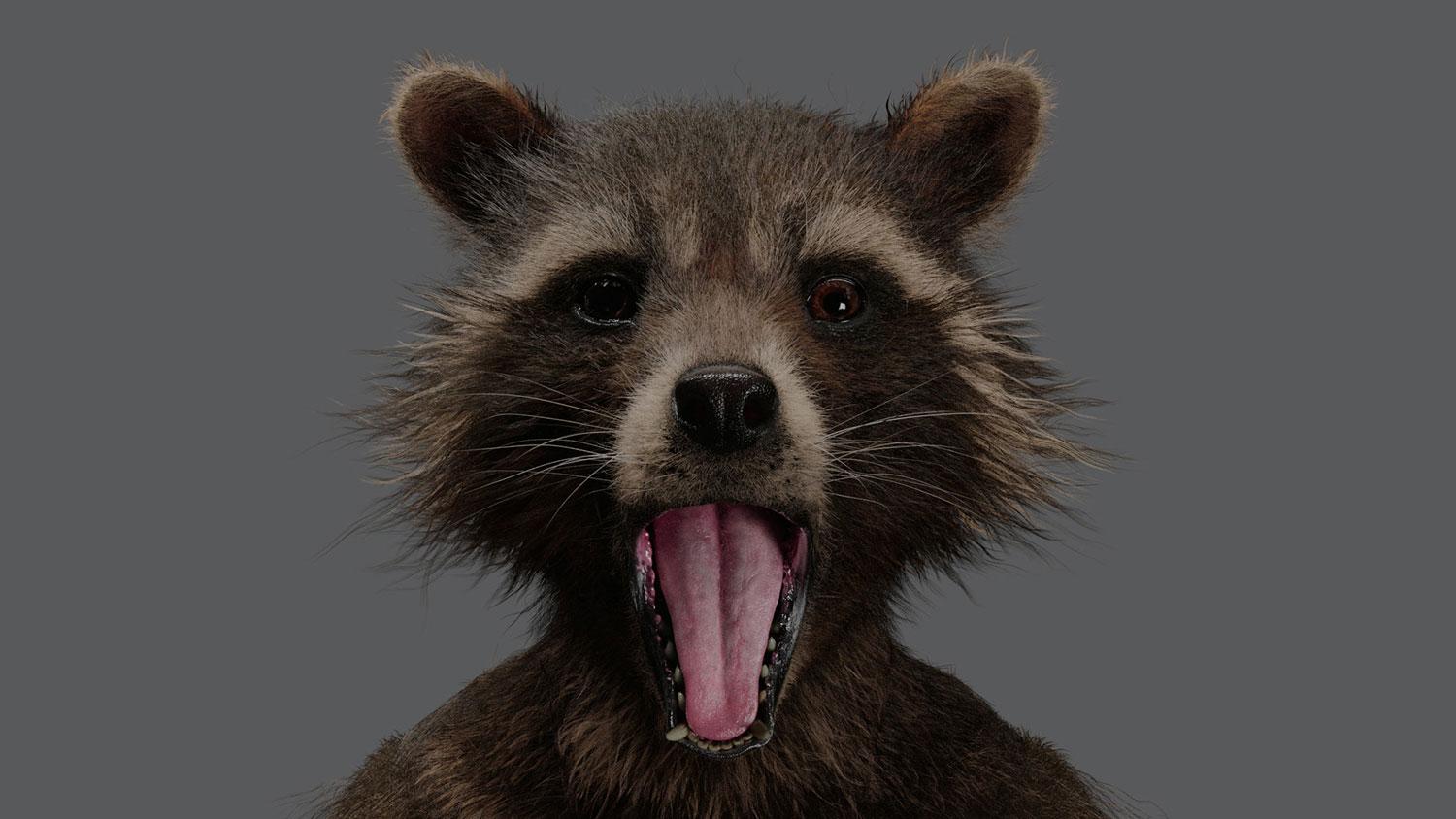
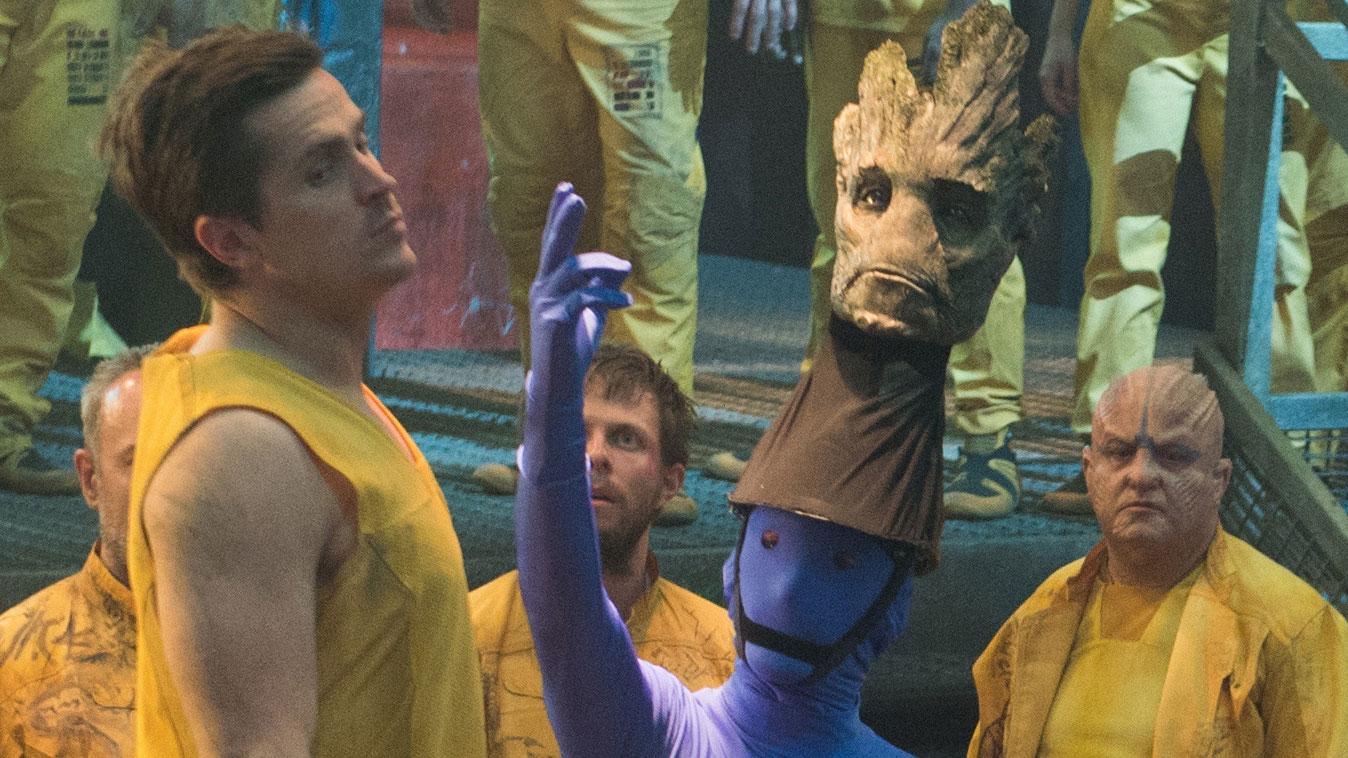
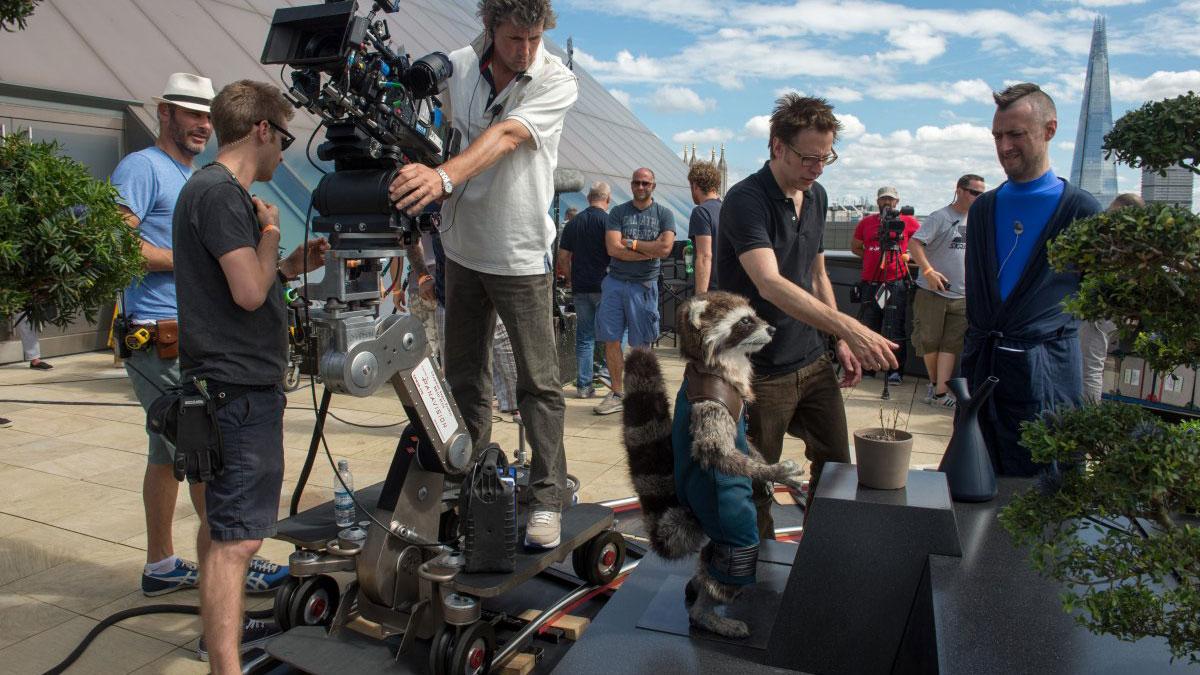
In order to give him a presence on the set and allow the human actors to play off the character, a stand-in was employed to hold Groot’s place in scenes while wearing a helmet mounted with Groot’s head so that the actors’ line of sight would be accurate.
The two VFX studios’ efforts were then blended, with both teams sharing their work on the two CG characters in order to have it added to the sequences each studio was responsible for producing. In many ways, the team-up happening behind the scenes was as impressive as the one happening on the screen.
“The universe we created is extensive, but I think the characters are the thing,” said Ceretti of his experience working on the film and why it deserves to take home an Oscar. “I think [the Academy Award committee] recognized that people cried when they looked at a raccoon crying because his tree friend is dead. Who would think people would be so emotional watching two CG characters crying at each other? And then all the fun things. I think people enjoyed the movie. There is a huge number of visual effects in the movie, but people liked it for the story, and I like the fact that we supported that.”
